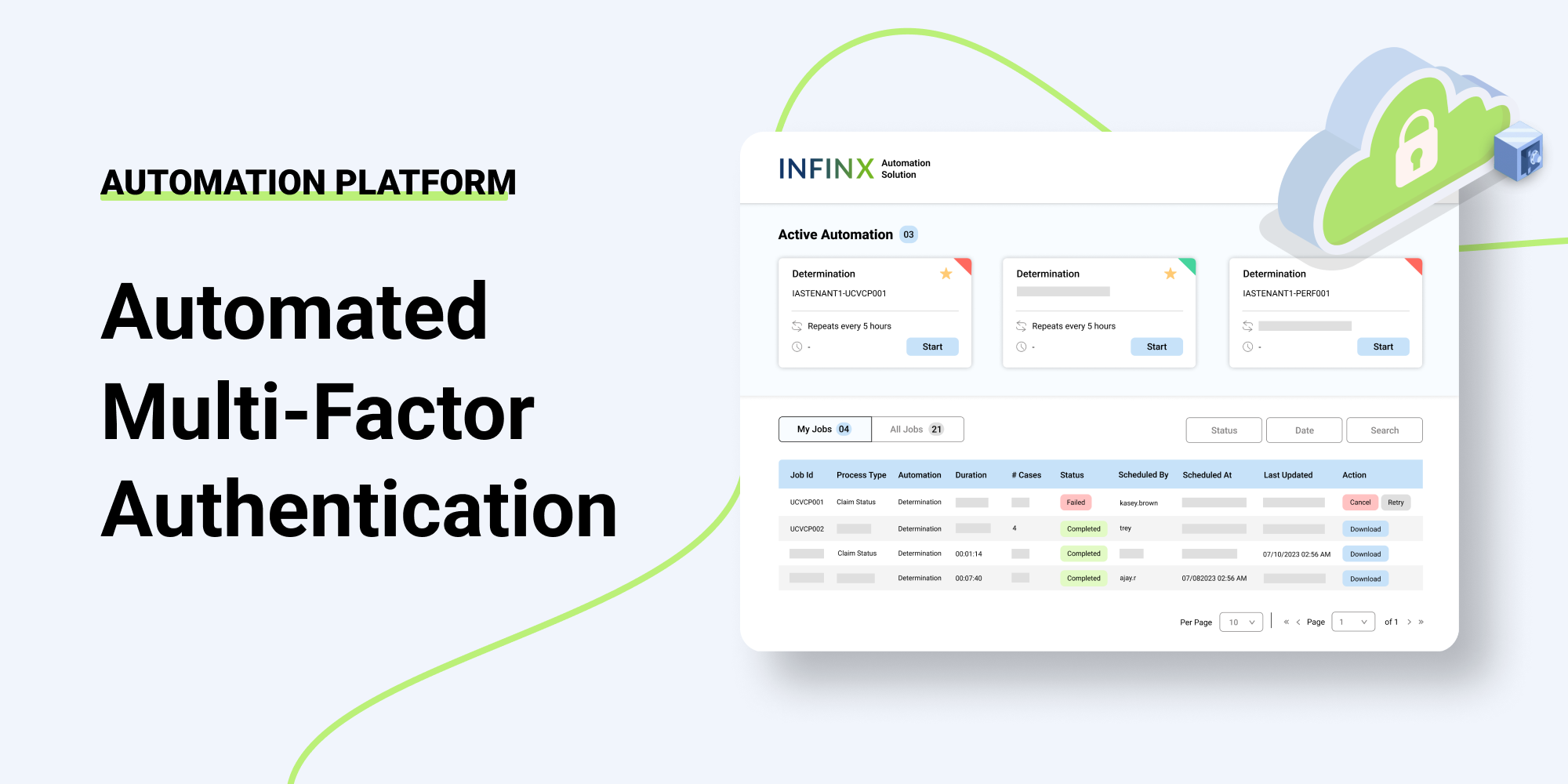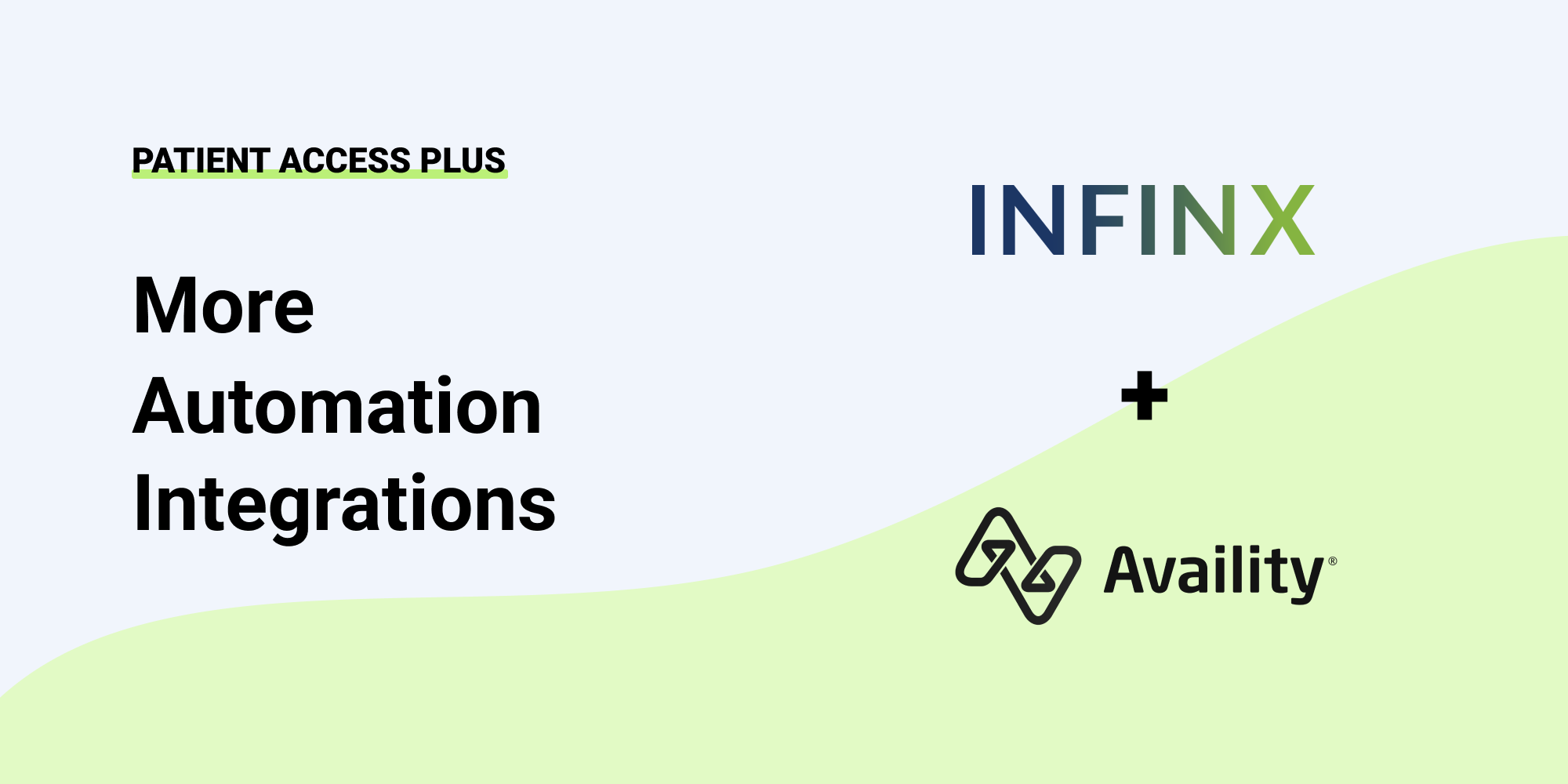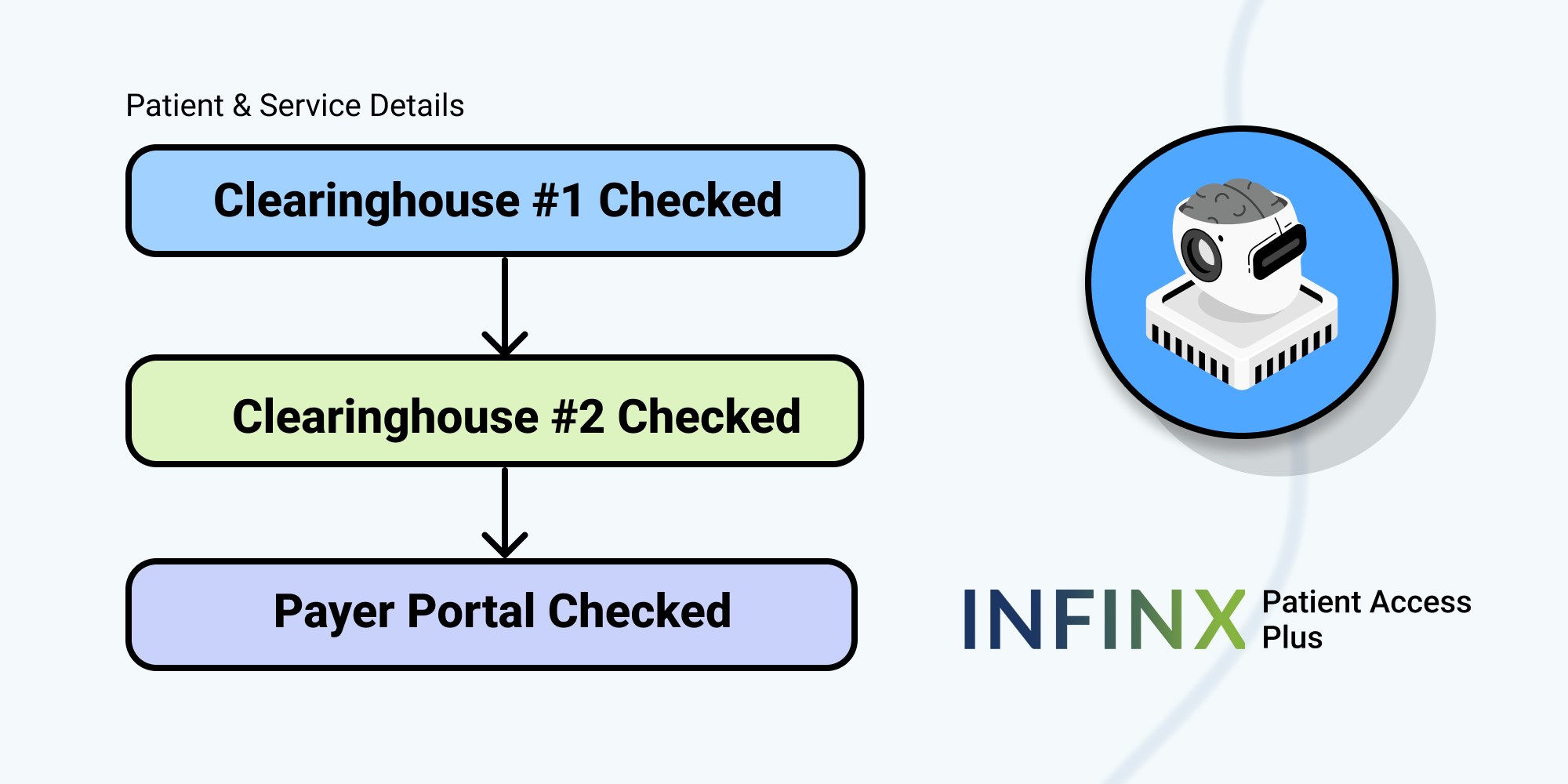One aspect of 2010’s Affordable Care Act (ACA) stipulated that providers must inform patients of the costs of services they provide. Despite this legislation, patients were still receiving “surprise” bills from providers that proved financially burdensome.
Several issues lay at the root of these unexpected charges. First, patients who assumed all healthcare services were covered had gone to a provider out of their network or used certain services from out-of-network providers at an in-network facility. In addition, in-network providers sometimes recommended services performed by an out-of-network provider but failed to inform the patient. Even bigger bills came along when patients didn’t understand how out-of-network providers were entitled to charge them far more than their in-network providers.
This lead to the “No Surprises Act,” issued September 30, 2021, which is intended to counter the confusion and unexpected bills. This legislation stipulates that it is now providers’ responsibility to inform patients seeking services which providers are in-network and which out-of-network. Providers must also explain the difference between in-network and out-of-network providers and the potential cost differences.
Given that failing to provide these services could result in legal action and fines in addition to patient frustration, all providers should have a documented, patient-centered disclosure process.
Here, we explain how to share out-of-network and in-network information with patients in a way that protects both your patients and your practice.
Determine your criteria for accepting an out-of-network patient
Providers do not have to accept out-of-network patients. The only time providers are reimbursed for care provided to these patients is in the emergency room and urgent care situations.
Still, when an out-of-network patient is standing in front of you in a non-emergency situation, a long explanation and possibly some conflict is ahead. Providers are now obligated to inform patients of their out-of-network status. If not in person, then providers must send notification of or otherwise communicate status.
Keys to gently informing a patient they are out-of-network
Once a scheduler discovers the patient is out-of-network, delivering this news with a dose of helpfulness maintains the goodwill (and provider reputation).
This scheduler script ensures patients stay positive:
“We’ve verified your insurance, and it looks like you’re out of network. That means that using our services will cost you more than if you use a doctor currently within your network. We can recommend a provider within your network or we can let you know the costs of our out-of-network services. Your financial stability can depend on your using your own insurance to its maximum capacity.”
Sometimes, a patient will ask,
“Why can’t we just bill the insurance and see what happens?”
Often, this patient had an experience with a doctor before the Affordable Care Act passed–before in-network and out-of-network became the standard. At that time, they had more leeway to see any provider and pay about the same rate.
Schedulers make the issue plain by answering,
“Because we do not have a contract with that insurer, we cannot bill them and therefore cannot provide services to you unless you want to sign a contract stating you’ll pay the out-of-contract rates directly to us.”
It can take gentle coaxing of that patient to move them to a new in-network provider. Also, remember to continue to provide good service by offering to send medical records.

When a patient wants to proceed out-of-network
Given that the patient still wants to move forward with treatment, the provider must accept the fact that they will not be reimbursed at that payor’s contractual rate for that service. The provider will have to absorb the cost of the service (administrative write-off) or insist the patient pay it. If you plan to pass this additional cost onto the patient, you must make sure the patient understands that their out-of-pocket costs for your service will be higher than if they see an in-network provider.
While most patients are forced to stay within their own insurance network due to financial limitations, some are willing to pay a premium for out-of-network services. In fact, the entire concierge medicine industry is a testament to patients’ willingness to pay for out-of-network care.
If the patient still wants to use your services, your next step is to create an out-of-network agreement with the patient.
The out-of-network agreement is a formal communication to the patient that the provider has conducted insurance verification and that provider is indeed out-of-network.
Your out-of-network care agreement with your patient should include:
- Confirmation that the provider will not file with the out-of-network provider but will offer the patient a discount (often 20% to 30% of the provider’s standard price).
OR
- Confirmation that the provider will not file with the out-of-network provider and charge the patient their standard price with no discount.
- Payment requirements (typically a patient down payment or amount due before services are rendered).
Note that, at this time, no standard out-of-network agreement exists. Individual providers determine all stipulations. Also, out-of-network Managed Care Medicare and Managed Care Medicaid cannot enter an out-of-network agreement. These patients instead must be referred to an in-network provider.
The upfront insurance eligibility check
Having staff check insurance sounds simple enough, but throw in a busy reception and back-office day, and out-of-network patients sometimes get scheduled…without proper communication about out-of-network fees.
Avoiding these errors saves patients from surprise bills and providers from the risk of breaking the law.
Luckily, your practice’s admission-discharge-transfer (ADT) software provides staff some backup. It confirms which patient is contracted with which insurer and establishes all the services to which that patient is entitled. When the scheduling team executes an eligibility check, the ADT feeds their information to that payor portal. It retrieves that patient’s information including out of pockets, co-pays, deductibles, and payment against deductibles.
A third-party coding and billing partner saves time, money, and headache
As healthcare regulations stiffen and payor requirements get more complicated, more doctors and hospitals are turning to technology for accurate insurance discovery. Software that accurately shoulders repetitive, data-driven tasks frees staff to interface with patients and handle more complex issues. When you’re clear on reimbursement, you can move on to caring for patients.
Patients, too, benefit from having software handle the insurance administration. In a recent InstaMed survey, 92 percent of patients shared that they want to know their payment responsibility before their visit. Where a staff member may take two to three days to confirm this information, software yields results in minutes. This speed leaves more time before the day of the appointment for the patient to consider and research the service.
Don’t risk more denials or write-offs for care that aren’t covered by insurance. Eligibility+ streamlines pre-service financial clearance so you can get higher reimbursement, avoid denials, and give patients clarity about their upfront costs.
Eliminate sending patients to collections and avoid write-offs when you rely on software derived from our experts’ deep domain expertise. Let us show you the best ways to improve your practice reimbursements through our Eligibility+ solution and overall medical revenue cycle management – request a demo today.



